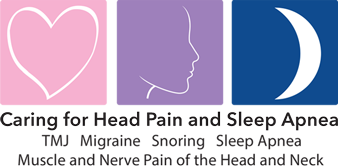
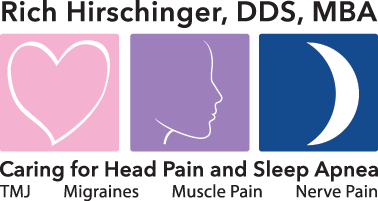
Diplomate American Board of Orofacial Pain
9615 Brighton Way, Suite 323
Beverly Hills, CA 90210
888.981.8981
Causes of Headaches
More About Headaches
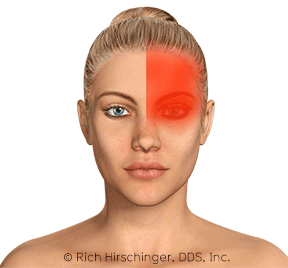 Migraines:
Migraines:
The underlying cause of migraines is unknown. Research indicates that genetic factors play a role in who develops migraine headaches. Hormone levels are also a factor, and migraine headaches are three times more common among women than men. While the cause of migraines is unknown, there are several triggers, which are thought to instigate a migraine attack, though the strength and significance of the correlation are uncertain. Commonly reported triggers are stress, hunger, dehydration, and fatigue. Migraines can occur on one or both sides, or they can switch sides.
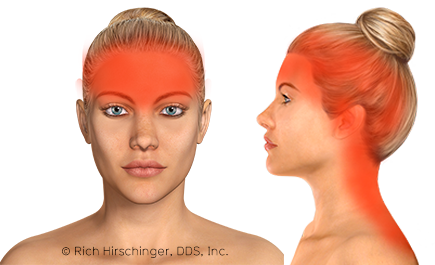
Tension-Type Headaches:
This is the most common type of primary headache, occurring in 30% to 75% of the population. A tension-type headache occurs when muscles in the neck or head become tense, often as a response to stress, injury or activities that result in the head being held in a strenuous position for a prolonged period of time. Other possible triggers for tension-type headaches include alcohol, caffeine, clenching of the jaw or teeth, and fatigue.
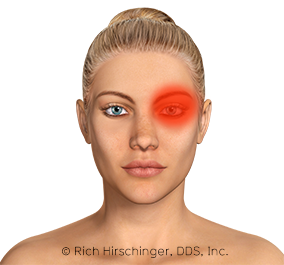 Cluster Headaches:
Cluster Headaches:
While the exact cause of cluster headaches is unknown, it is thought to be related to a sudden release of histamine or serotonin. Several factors, including alcohol, cigarette smoking, high altitude, heat, exertion, and bright light, may trigger this occurrence. Another theory is that an abnormality in the hypothalamus, the area of the brain that regulates the biological clock, can cause cluster headaches. This theory is supported by the fact that episodic cluster headaches often occur at the same time each day.
Cluster headache attack is accompanied by at least one of the following
autonomic symptoms: drooping eyelid, pupil constriction, redness of the
conjunctiva, tearing, runny nose, and less commonly, facial blushing,
swelling, or sweating, typically appearing on the same side of the head
as the pain, and/or they may report agitation with the headache.
While the exact causes of most major headache types are largely unknown, headache patients may be able to attain some degree of relief through proper diagnosis and treatment. For example, it's not uncommon for a patient suffering from a cluster headache to treat it as a migraine headache due to improper self-diagnosis. Patients do not have to live with the often searing pain of migraine, tension-type, and cluster headaches even though the cause may be unknown.
Dr. Rich Hirschinger is Board-certified in orofacial pain. He sees patients at his private practice in Beverly Hills, CA who suffer from any type of primary headache.






